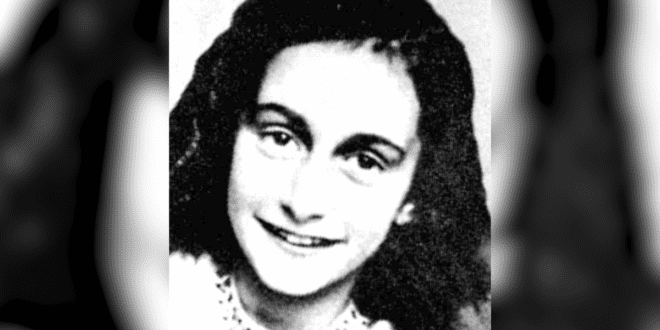Anne Frank and Her Family’s Capture
On Aug. 4, 1944, just three days after Anne Frank made her last diary entry, she and her family were captured by Nazi officers. It marked a tragic end to their two years and one month of hiding in an attic in Amsterdam.
The Frank Family’s Hiding Place
In 1942, due to the fear of being deported to a Nazi concentration camp, the Frank family sought shelter in a secret attic of a warehouse in Amsterdam. They were not alone, as another Jewish family and a single Jewish man joined them in the hiding place. The Franks received essential support from their Christian friends who risked their lives to bring them food and supplies.
Anne’s Diary and the Reality of Hiding
During their time in hiding, Anne Frank devoted most of her days to writing in her diary. She chronicled her everyday experiences, capturing the mundane moments as well as her innermost thoughts and emotions about living in constant fear of religious persecution.
The Last Diary Entry and Arrest
However, on Aug. 1, 1944, Anne made her final entry in her diary. Just three days later, their secret hiding place was discovered by the Nazis. The Frank family, along with two of the Christians who had aided them, were arrested. They were subsequently sent to a concentration camp in Holland and later transferred to the Auschwitz concentration and extermination camp in Poland.
Tragic Loss and Survival
In the Bergen-Belsen concentration camp in Germany, where Anne and her sister Margot had been moved, the two sisters fell victim to typhus and tragically died in February 1945. Anne’s father, Otto Frank, was the only member of the attic residents to survive the horrors of the war.
Anne’s Diary and its Impact
Remarkably, Anne’s diary remained untouched by the Nazi raid on their hiding place. After the war, Otto Frank published his daughter’s diary in 1947. Titled “The Diary of a Young Girl,” it was eventually translated into more than 70 languages. The diary stood as a powerful testament to the approximately 6 million Jews, including Anne herself, whose voices were silenced during the Holocaust.
The Legacy of Anne Frank’s Hiding Place
Today, the Frank family’s hiding place at Prinsengracht 263 in Amsterdam serves as a museum that opened its doors to the public in 1960. It preserves the memory of Anne Frank and the countless others whose lives were tragically impacted by the Holocaust.
 Mind Uncharted Explore. Discover. Learn.
Mind Uncharted Explore. Discover. Learn.




